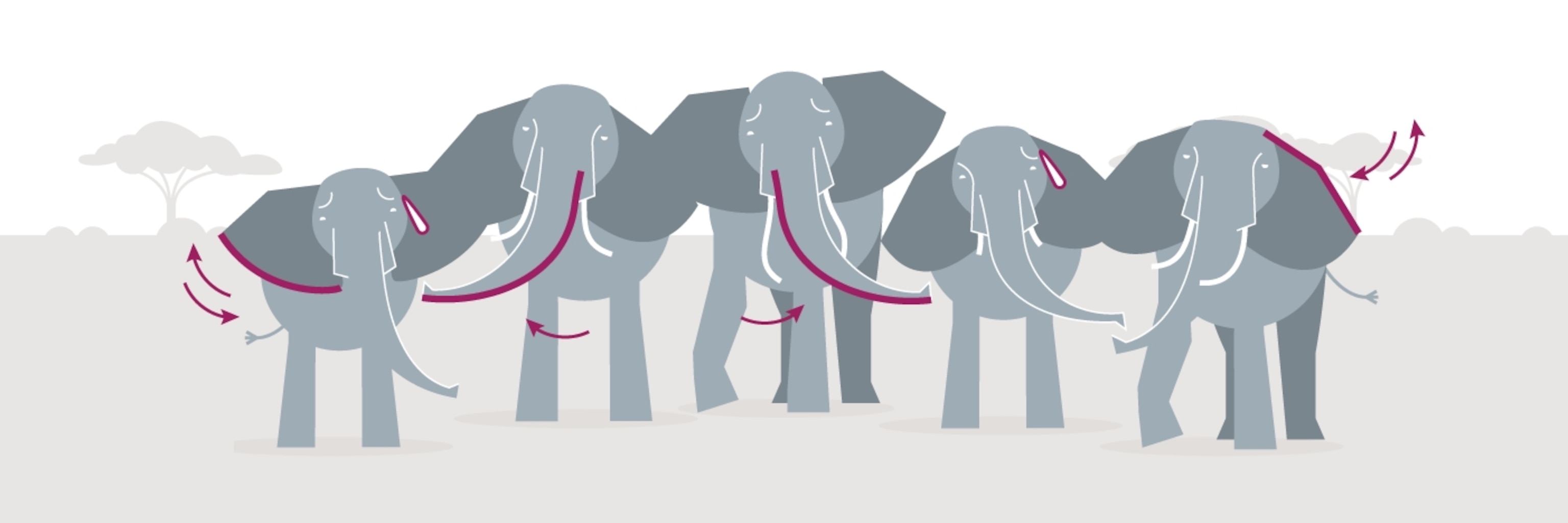What Elephant Calls Mean: A User’s Guide
From powerful roars to low-frequency rumbles, elephants use a variety of vocalizations to communicate. Their sounds also include snorts, barks, grunts, trumpets, cries, and even imitated sounds. These calls are essential cues for the survival of an elephant family. Elephant biologist and National Geographic Explorer Joyce Poole, along with ElephantVoices co-director Petter Granli, have recorded thousands of elephant calls. They have divided these into different categories, or “call types” (e.g., rumbles versus trumpets), in an elephant acoustic database and based on behavioral context, call tone, and measurement, they have interpreted the meanings of the many intricate differences within each type in their call context database.
“What’s really impressive about elephants is that they are such extraordinary team players,” Poole said. “For an elephant family to survive, especially against intelligent predators like humans, it’s important that they stick together and help each other. They have evolved complex communication as part of this teamwork.”








* To learn more about elephants’ acoustics, you can contact the scientist at info@elephantvoices.org and request Joyce Poole’s chapter about elephant behavior and communication.
Poole, J.H. 2011. Behavioral contexts of elephant acoustic communication in: The Amboseli Elephants: A Long-Term Perspective on a Long-Lived. Mammal. Moss, C.J., Croze, H.J & Lee, P.C. (Eds.) University of Chicago Press.





